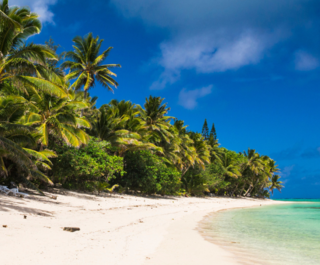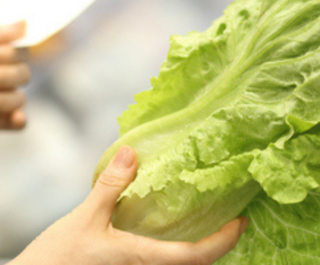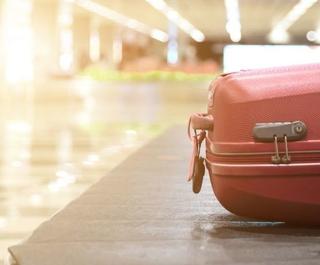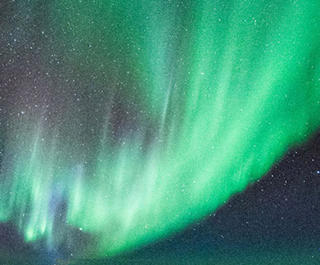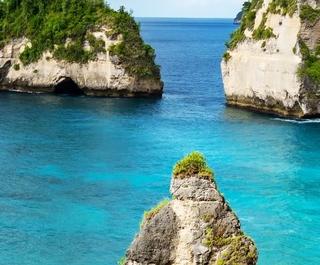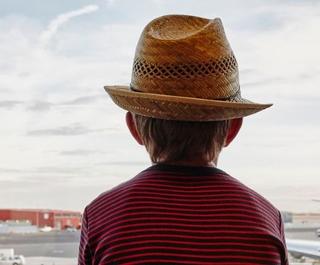
Here’s what you’ll read below-
Kava (also known as Yaqona or grog) is important culturally in Fiji and is enjoyed on important and social occasions and given as a gift to the village chief
Made from mixing powdered root of Piper Methysicum and water
Mild narcotic drink and results in a numbness around mouth, lips, tongue and in muscles
Traditionally found throughout the Pacific Islands but now found in many places around the world such as Australia and the USA.
The Australian Government controls the import, advertising and sale of Kava in Australia.
It is impolite to refuse Kava if offered especially if you are male
If you just want a small taste, request ‘low tide’. If you would like a generous serving, ask for ‘high tide’ however you must make sure you drink it all
Kava ceremonies have steps and a particular order that must be followed. The village people will help you with this ceremony.
There are negative side effects of excessive kava consumption including Kanikani- a skin condition and excessive consumption can lead to serious liver damage.
Fiji is a popular travel destination for Aussies; the people are friendly, the scenery is stunning, and it's perfect for couples, friends and even families. Fiji also has a rich culture, and you will be lucky enough to witness and even participate in cultural activities. One of which will likely be a traditional Kava Ceremony.
For Pacific Islanders, Kava is a link to their ancestral past, is thought to have medicinal qualities, and legend has it that the ceremony surrounding Kava originated from Tonga. Today, Kava is found in many places around the world. For example, it was introduced to Aboriginal and Torres Strait Islander peoples in the 1980s, and many bars to drink kava are now popping up in places like the United States.
RELATED: When is the Best Time to Travel to Fiji?
Due to the relaxing qualities of Kava, it is now available as a Kava powder and produced as supplements, and many websites sell Kava online. It is important to note that the Australian Government currently has an import limit and strictly controls the advertising and sale of Kava in Australia and it is listed as a controlled substance.
RELATED: The Best Fiji Resorts To Wash Up On
Kava is available for purchase in most open-air markets in Fiji, and many tours include the kava ceremony as part of their itinerary for those over 18 years old. Kava is also given as a sevusevu (ceremonial gift) by guests seeking the favour of a village chief and should be laid before him on arrival. This includes those visiting the village of Navai and wanting to climb Mount Tomanivi.
Here are some handy etiquette tips to keep in mind:
• If offered Kava, it is considered impolite to refuse, especially for males.
• If you only want a small taste, request ‘low tide’.
• If you would like a generous serving, ask for ‘high tide’; however, you must make sure you drink it all.
If you have the opportunity to take part in a kava ceremony, this is what to expect. The participants sit in a circle on the floor while a large bowl is placed in front of the leader. The plant is pounded, the pulp placed in a cloth sack and mixed with water in a tanoa (bowl) where it turns a brownish colour.
The leader strains the liquid and fills a small bilo (cup) to be presented and drunk by the chief guest in one shot, who must clap once before and after swigging the Kava. The order of serving then continues from the most important guest down the ranks in order of status. And the taste? Like sediment and slightly bitter – an acquired taste!
It is essential to understand that there are some negative side effects from grog drinking. Excessive use can cause a host of disorders, including loss of appetite, bloodshot eyes, stomach pains and a condition known as Kanikani, where the skin becomes scaly. It is also becoming more common to mix Kava with alcohol, which can have highly adverse effects.
The liver processes both kava and alcohol, which overworks it and compounds the harmful effects of both substances. Short term, this will make people feel the effects much more, and long term– it can cause severe liver damage and liver failure. It is important to note that we are Travel Experts, not Health Experts. Please visit the Fijian Ministry of Health & Medical Services and the Australian Alcohol and Drug Foundation websites for further information regarding the adverse health effects of Kava-
There are lots of other incredible things you can do while in Fiji. Learn more about places to stay, the best beaches, and travelling with kids.




